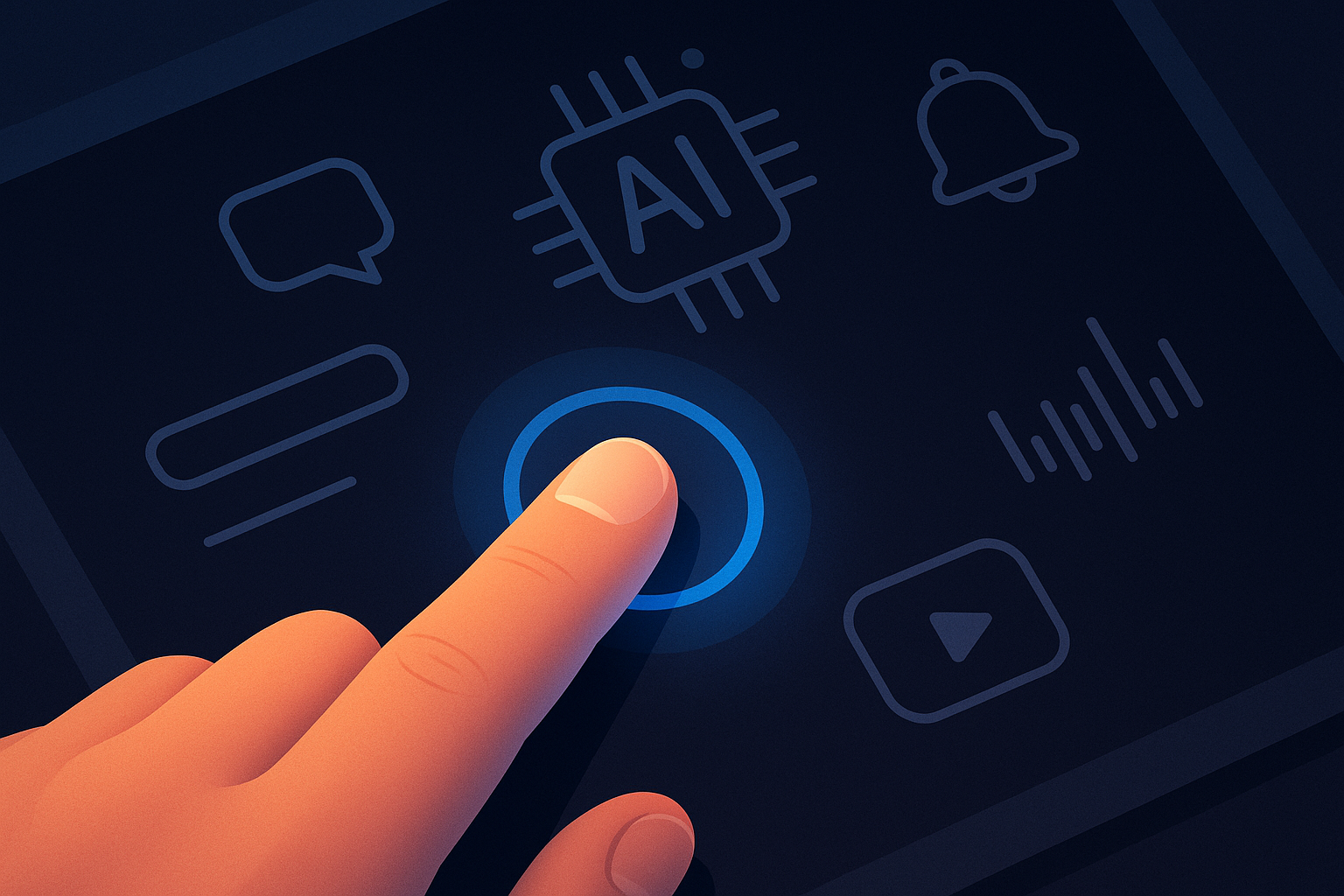The Return of UI Sound Design | 매거진에 참여하세요
The Return of UI Sound Design
#Sound #Brand #SonicDesig #Experience #Listening #UX #Designer #Multimodal
The Essential Role of Sound in Branding: The Era of Sound Returns
For a long time, sound in design was often forgotten.
Over the past decade, UI design emphasized flat, minimal, and silent aesthetics.
But by 2025, UI sound design is making a comeback—and more interestingly, AI is generating these sounds.
Small sounds like button clicks, notification alerts, and transition effects play critical roles in user experience, highlighting key moments.
Now, AI can automatically generate or suggest contextually appropriate sounds, expanding the designer’s domain.
Why UI Sound Matters Now
1. Multimodal Interface Expansion
Devices like smartwatches, XR headsets, and voice assistants make visual UI alone insufficient.
Sound acts as a complement to “invisible UI”, filling sensory gaps.
2. Maturity of AI Generation
Tools like OpenAI Audio models, Google AudioLM, and ElevenLabs Sound Studio can generate short sound effects from text prompts.
Designers now direct AI with concepts instead of manually sourcing every sound.
3. Brand Experience Extension
Iconic sounds like Netflix’s “ta-dum” or Apple’s Mac startup chime become brand assets.
Companies are designing sound logos (sonic branding) alongside visual logos.
Real-World Examples
Google Pixel
AI-generated UI sounds, alerts, and keyboard typing noises create a natural yet distinctly “Google” auditory experience.
Apple Vision Pro
In mixed-reality environments, spatial audio enhances immersion beyond visual effects.
Gaming UI
Ubisoft and Epic Games test AI-generated sound effects for game HUDs and interactions.
Even the same button can produce subtle variations in tone depending on gameplay, reducing fatigue.
How Designers’ Roles Are Changing
Previously, sound designers handled all audio. Now, UI/UX designers must also develop an auditory sensibility.
- Context-aware design:
Understand which sound fits each screen, action, or situation.
- AI collaboration skills:
Give prompts like “a warm, wooden-sounding notification” to generate audio variations.
- Brand consistency:
Ensure visual and sonic identities are aligned.
In essence, the future designer is a multisensory creator, shaping both visual and auditory experiences.

Advantages and Limitations
Advantages:
- Enhanced immersion: Rich experiences beyond the screen.
- Accessibility: Crucial for users relying on auditory cues.
- Brand differentiation: Unique sound signatures reinforce identity.
Limitations:
- Noise fatigue: Overuse can annoy users.
- Cultural differences: Sounds may be interpreted differently across regions.
- Automation risks: AI-generated sounds may not always align with brand philosophy.
Future Outlook
- Personalized UI sound:
Notifications adapt to user preferences or moods.
- Spatial audio UX:
AR/XR feedback uses 3D audio relative to interaction location.
- AI sound assistants:
Designers provide a concept, and AI generates dozens of variations to choose from.
- Sustainable sounds:
New categories like eco-tone sounds could communicate product environmental values.
Conclusion
UI sound is no longer secondary; it is a core interface shaping digital experience quality.
AI accelerates this trend.
Designers are evolving from creators of visible interfaces to multisensory designers, crafting experiences users both see and hear.
Going forward, brands and products will be evaluated not just by what is visible, but by what resonates in the ears and memory of users.






